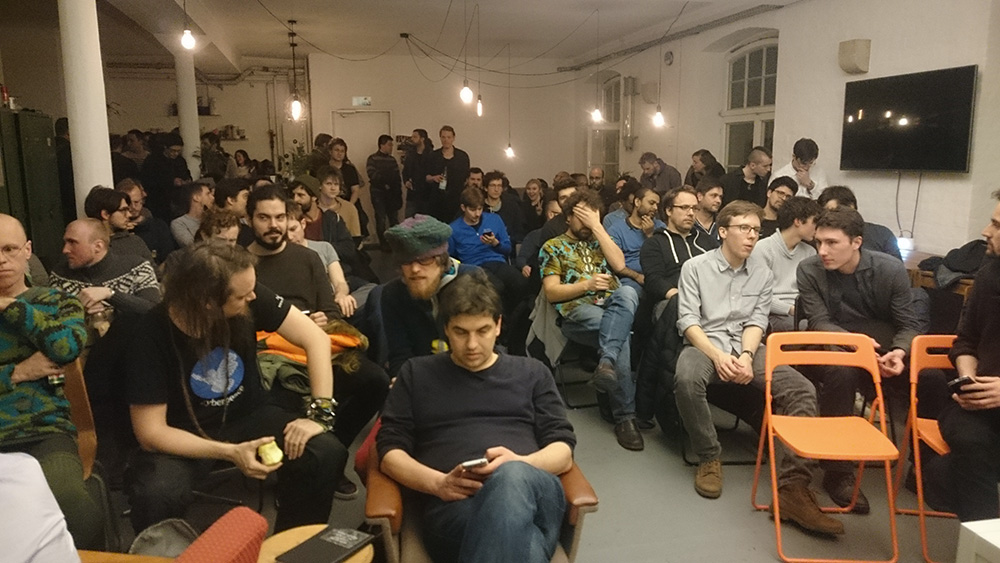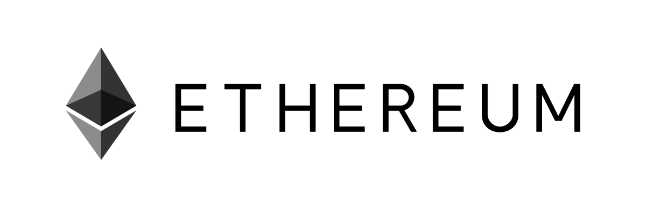
World Of Cyberobics, Berlin

World Of Cyberobics, Berlin
During the Open Source Circular Economy Days Pukika organised a hackathon to come up with ideas for board games that would help people understand how resources are used in a city operating ENTIRELY under circular economy principles. The game deals mainly with agriculture, manufacturing, mobility, services and real estate, but it underpins all other areas of modern cities, such as energy, education, sports and infrastructure.

July 2, 2017, Agora Rollberg, Berlin
In early June, we received the news that we have been selected to attend the Startery Professional Programme sponsored by SAP and organised by Social Impact Lab. The five-month programme will be a great opportunity to refine our product concept, business model and get ready to start looking for funding.
The workshop was a great way to introduce the concept of Fractal Urbanism and quickly get people to start experimenting with it. We had 6 teams coming up with urban planning proposal for a neighbourhood of 45,000 people.
A team trying to figure out where to place food production areas in their neighbourhood
The workshop emphasised Fractal Urbanism’s principle whereby there is no right or wrong way to design cities—as long as we respect the proportions of the facilities that we establish earlier on. These proportions are not given by personal or aesthetical considerations. They are decided after understanding the impact they have on the environment and the quality of life.
For example, some teams initially wanted to design their neighbourhood with a maximum building height of 6 floors instead of 15 floors. However, the model showed that making the city to “short” would result in a much longer road network. This means more construction materials and energy consumption for the transport system. We take this for granted in today’s cities. A self-sustaining city keeps a tight accounting of the resources it has and tries to minimise extraction and energy consumption in every aspect.

Compound image of all the teams neighbourhoods
The algorithms that govern Fractal Urbanism taken into account social considerations. For instance, all the teams agreed on the importance of keeping parks and outdoor sport areas at walking distance from every home. That lead to the design process begin from a pedestrian perspective rather than a car take on urban design.
I’m looking forward to the next workshop.
Juan Vargas
The workshop introduced Fractal Urbanism, a mathematical approach to building cities that incorporates adequate public spaces, facilities and infrastructure at different scales. Its DNA incorporates algorithms that determine the types and quantities of facilities that must be built for any given population. After a short explanation of why Fractal Urbanism is a sound approach for self-sustaining cities, the participants got to design a 2.6 km2 neighbourhood for 45,000 people. Using markers and highlighters, the teams got to decide how they wanted their neighbourhood to look while taking care that the “proportions” of the facilities were kept.


April 27, 2017, Zumtobel Lichtzentrum, Berlin
Using our current monetary system, we would have to pump billions and billions of dollars into a city to activate its economy. Then, the city would have to generate high revenue from exports, and attract foreign investment to keep its tempo.
A self-sustaining city requires a dynamic internal economy that doesn’t depend on external capital to keep it going. A multidimensional monetary system using cryptocurrencies pegged to the ecosystem can do the trick. Sounds complicated? Not after you watch this video. It’s been tested with kids in elementary and they get it.
Pukika INCEPTION could allow users to experiment with different number of dimensions or assigning different tasks to the dimensions. After all, Multidimensional Monetary Systems are a flexible system that adapts to the community’s needs and values.

The Pukika Experiment is proposing the use of blockchain to govern self-sustaining cities of up to 3 million inhabitants. The model works without political parties or politicians, and instead divides the city in 15 independent sectors. In addition to the national currency, Pukika uses four local digital currencies tied to the human and natural resources found in the ecosystem.

February 17, 2017, Ethereum Dev, Berlin